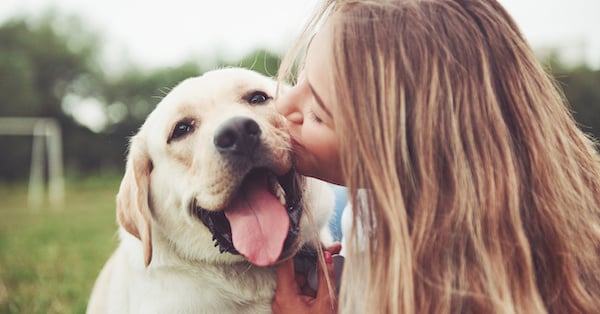Paws Across the Pacific, a Historic Pet Rescue Mission
Animal shelters across the United States face persistent challenges—from overcrowding to geographic isolation—that limit their ability to place adoptable pets into homes. For shelters in places like Hawaii, these challenges are compounded by location, limited transport options, and seasonal fluctuations in local adoptions.
To bridge that gap, Greater Good Charities coordinates animal rescue flights, relocating at-risk pets to shelters in regions with higher demand and more capacity. These flights are a lifeline for pets who otherwise might not survive.
A Growing Need in Isolated Communities
During the COVID-19 pandemic, animal shelters in Hawaii experienced an immediate and severe disruption in operations. Tourism halted, commercial flights were suspended, and the regular flow of pet transports to the mainland stopped almost entirely. With limited local adoptions and rising intake numbers, shelters quickly became overwhelmed.
The situation highlighted how essential transport is for shelters in geographically isolated communities. When standard systems broke down, it was clear that a coordinated, large-scale response was needed.
Organizing One of the Largest Pet Rescue Flights in History
In response, Greater Good Charities led an unprecedented effort: a single-day operation that relocated nearly 600 dogs and cats from six Hawaiian islands to receiving shelters across the Pacific Northwest. This became the largest pet rescue flight ever completed.
Pets were flown from shelters in Kauai, Maui, Lanai, Oahu, and Hawaii Island to Seattle, where they were welcomed by a network of trusted partner shelters. Most animals were placed into adoptive homes within days of arrival.
Behind Every Flight: Logistics, Veterinary Care, and Collaboration
Each rescue flight requires precise coordination and deep collaboration. Animals are assessed and prepared by veterinary teams before departure. On arrival, receiving shelters provide continued care, enrichment, and adoption placement.
Expert partners contributed to every stage:
- Veterinary sponsors ensured pre- and post-flight health checks.
- Nutrition partners provided food immediately on arrival.
- Animal behavior experts advised on minimizing transport-related stress.
- Air transport providers ensured pets traveled safely across long distances.
These flights aren't simply about moving pets—they’re designed to set animals up for long-term success.
From Crisis Response to Sustainable Solutions
Rescue flights serve as an essential tool in addressing pet overpopulation and uneven shelter capacity across regions. By transporting animals from overburdened shelters to communities ready to adopt, they relieve pressure and create room for other at-risk pets.
This model also strengthens shelter networks, builds long-term capacity, and fosters shared standards in animal care and transport safety.
Partners in Action
The success of each flight depends on a coordinated network of frontline shelter staff, transport professionals, veterinary teams, and donors.
|
Hawaiian shelter partners included:
|
Mainland receiving shelters included:
|
With the support of local emergency management and veterinary leadership, the operation maintained the highest standards of safety and animal welfare.
Why Rescue Flights Matter
Relocating pets through air transport is more than a logistical operation—it’s an expression of commitment to equity in animal welfare. Every pet deserves a chance, regardless of where they are born or the limits of a local shelter.
Rescue flights help ensure that pets in under-resourced communities are not left behind. They reduce euthanasia, increase adoption opportunities, and give shelters breathing room to better serve their local communities.


